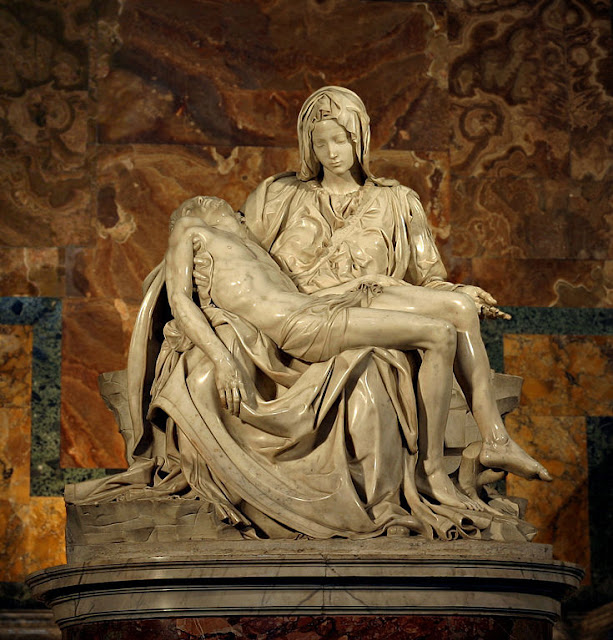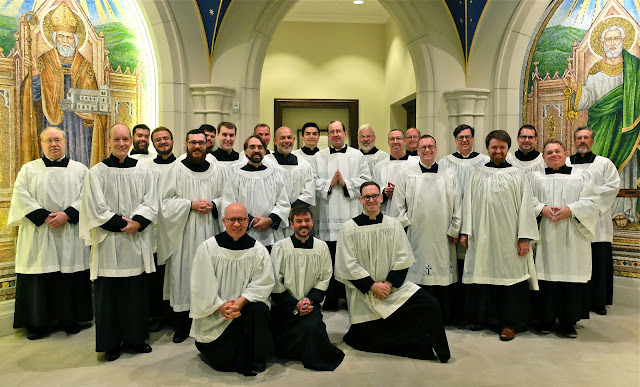Trinitytide And A 13th Century Trinitarian Hymn
The period of Ordinary Time from Pentecost until Advent in the calendar that is followed by the majority of Latin Rite Catholics, i.e., those who follow the calendar for the Novus Ordo Mass of Pope Saint Paul VI, is referred to as Trinitytide in the Personal Ordinariates. It is the longest season of the Church year.
Anglo-Saxon churches and parts of northern Europe celebrated a feast of the Trinity as early as the 9th century. Saint Thomas Becket (1119 or 1120–1170), who was made bishop on the Sunday following Pentecost, is known to have celebrated the feast of the Holy Trinity at Canterbury. In 1334, Pope John XXII instituted the Feast of the Holy Trinity for the entire Church on the first Sunday after Pentecost.
Trinitytide begins on the Sunday following Whitsuntide (the Octave of Pentecost).
Trinitytide is a time of hope-filled Christian discipleship that arises from living in communion with the Holy Trinity. The Holy Trinity is central to authentic Christian mission. When Jesus sent his disciples to share the Gospel with the nations, he commanded them to go and "teach all nations, baptizing them in the name of the Father, and of the Son, and of the Holy Ghost (St. Matthew 28:19)."
Liturgical Color | Green | Green symbolizes hope, growth, and new life. We pray for the coming of the Kingdom of God and we live in anticipation of the return of Jesus Christ.
A Hymn For The Season | Alta Trinita Beata
Alta Trinità Beata is an anonymous composition belonging to the vernacular devotional song genre Laudi Spirituali (spiritual praise). The oldest surviving score is from the Laudario of Cortona (circa A.D. 1290). Another version with a different melody may be found in the Laudario of Florence, dated 1336. Alta Trinità Beata was written in medieval Italian.
Resource | Wilson, Blake McDowell; Barbieri, Nello (1995-01-01). The Florence Laudario: An Edition of Florence, Biblioteca Nazionale Centrale, Banco Rari 18)
Alta Trinità beata, da noi semper adorata,
Trinità gloriosa, unità maravigliosa,
Tu sei manna saporosa e tutta desiderosa.
High and holy Trinity, always adored by us,
Glorious Trinity, wonderful unity,
You are the savory manna and fully desired.
Da' a nui, maiestade eterna,
deitate sempiterna,
la citade k'è superna
chiaramante illuminata.
Noi credemo sanza fallanza,
amamente, cum speranza,
tre persone, una substantza,
dalli sancti venerata.
Eternal Majesty,
everlasting deity,
give us the celestial city,
brightly illuminated.
We believe without doubt,
firmly and with hope,
(in) three persons, one substance,
worshipped by the saints.

.jpg)





Comments
Post a Comment
Your comments will be appreciated and posted if 1) they are on topic and 2) preserve decorum.
Stand by your word.